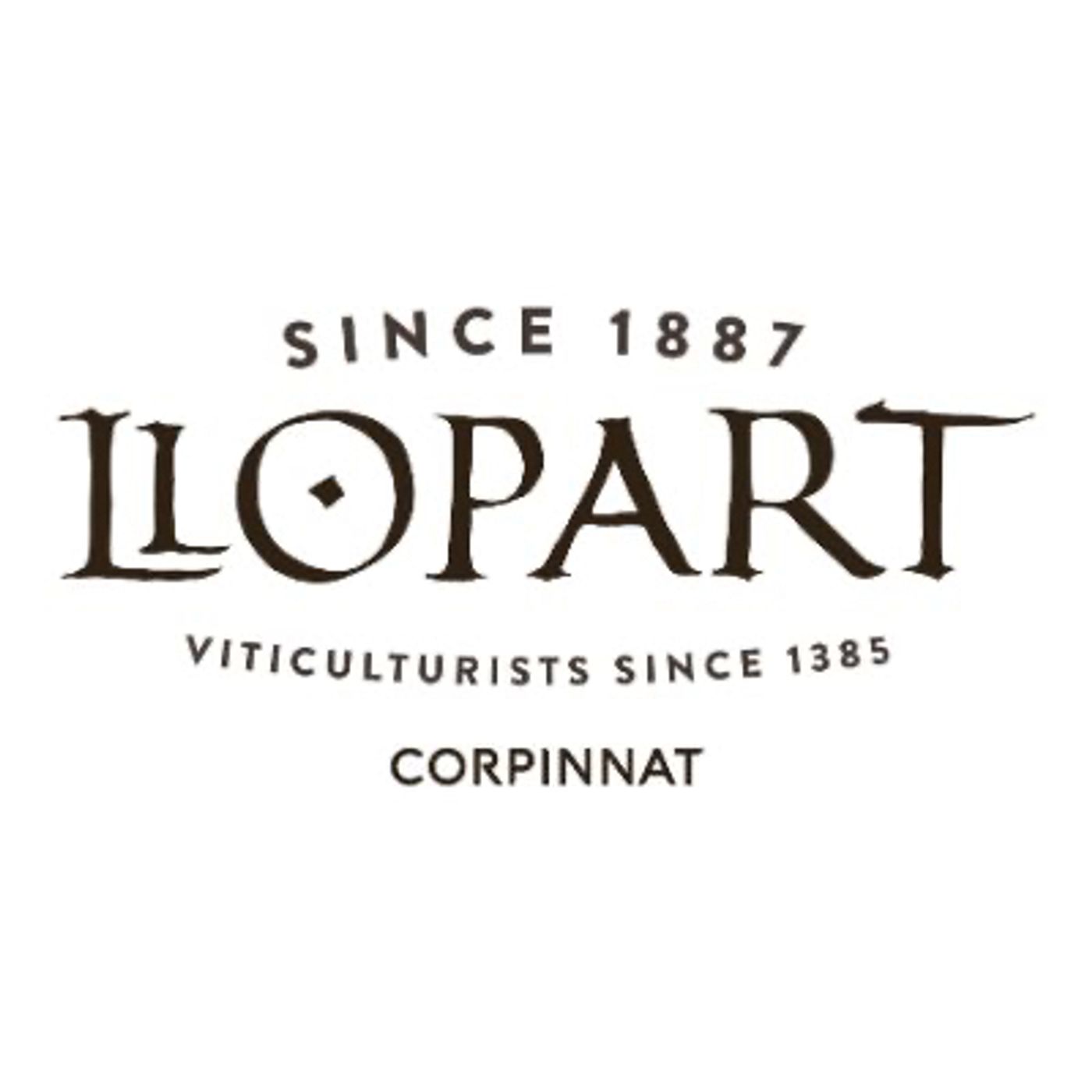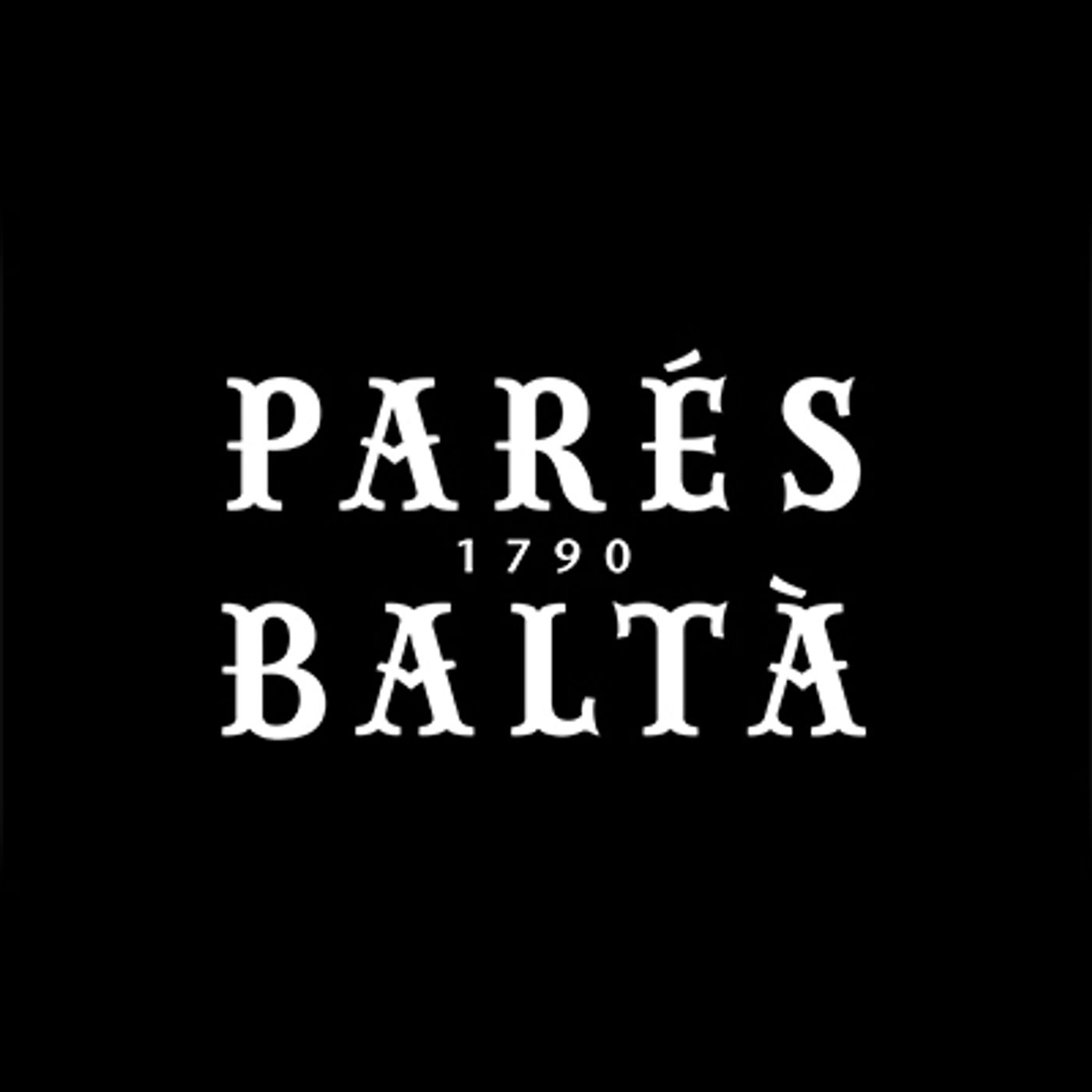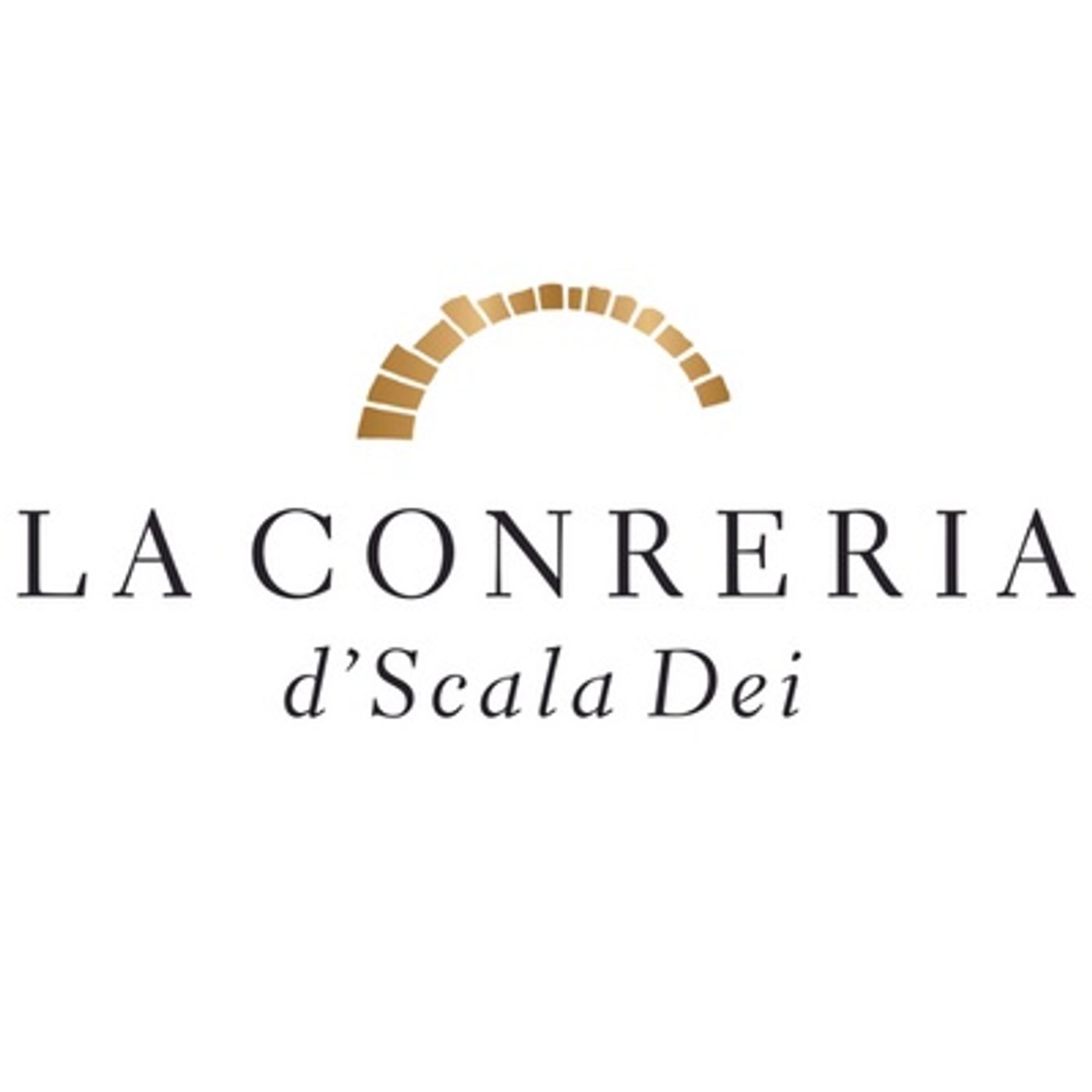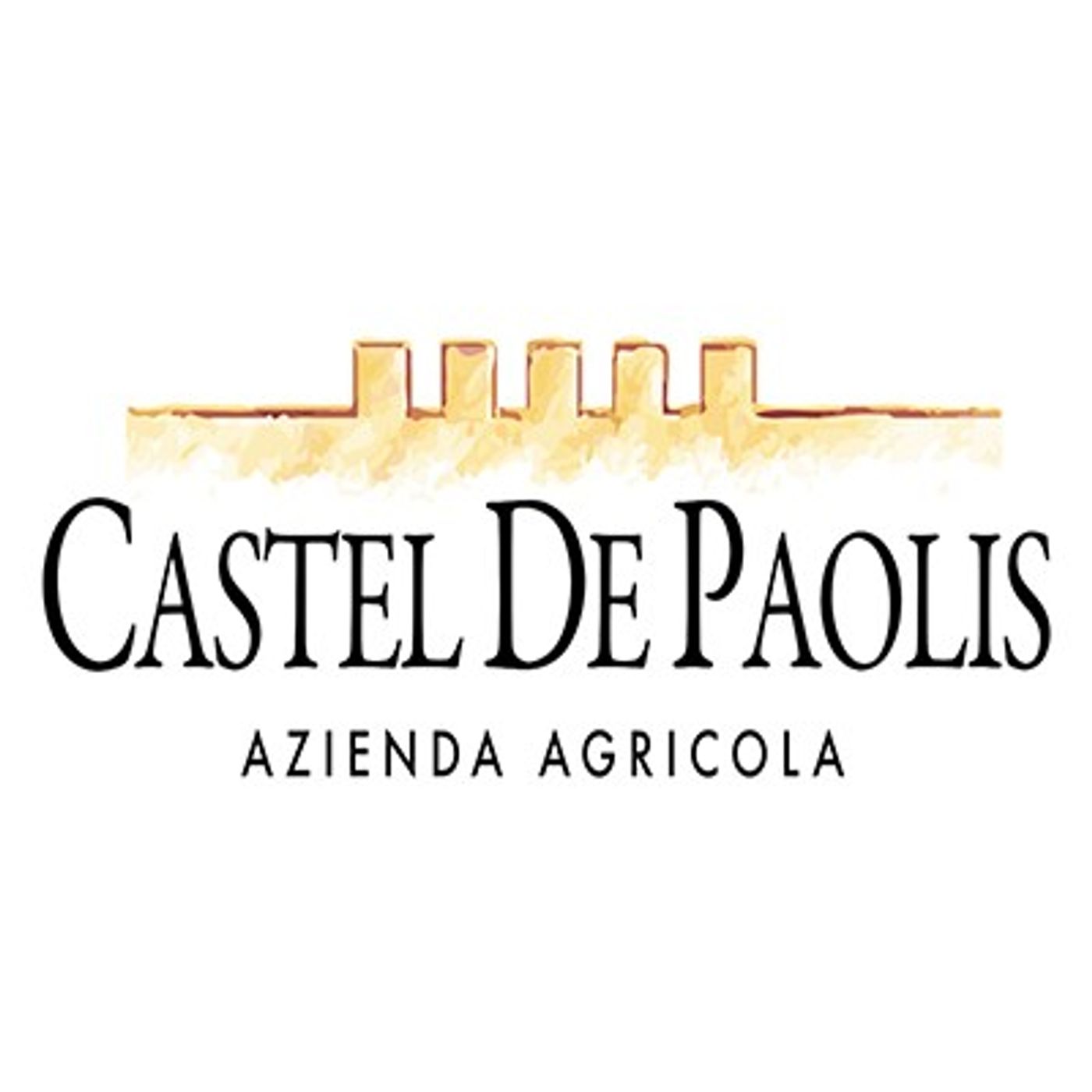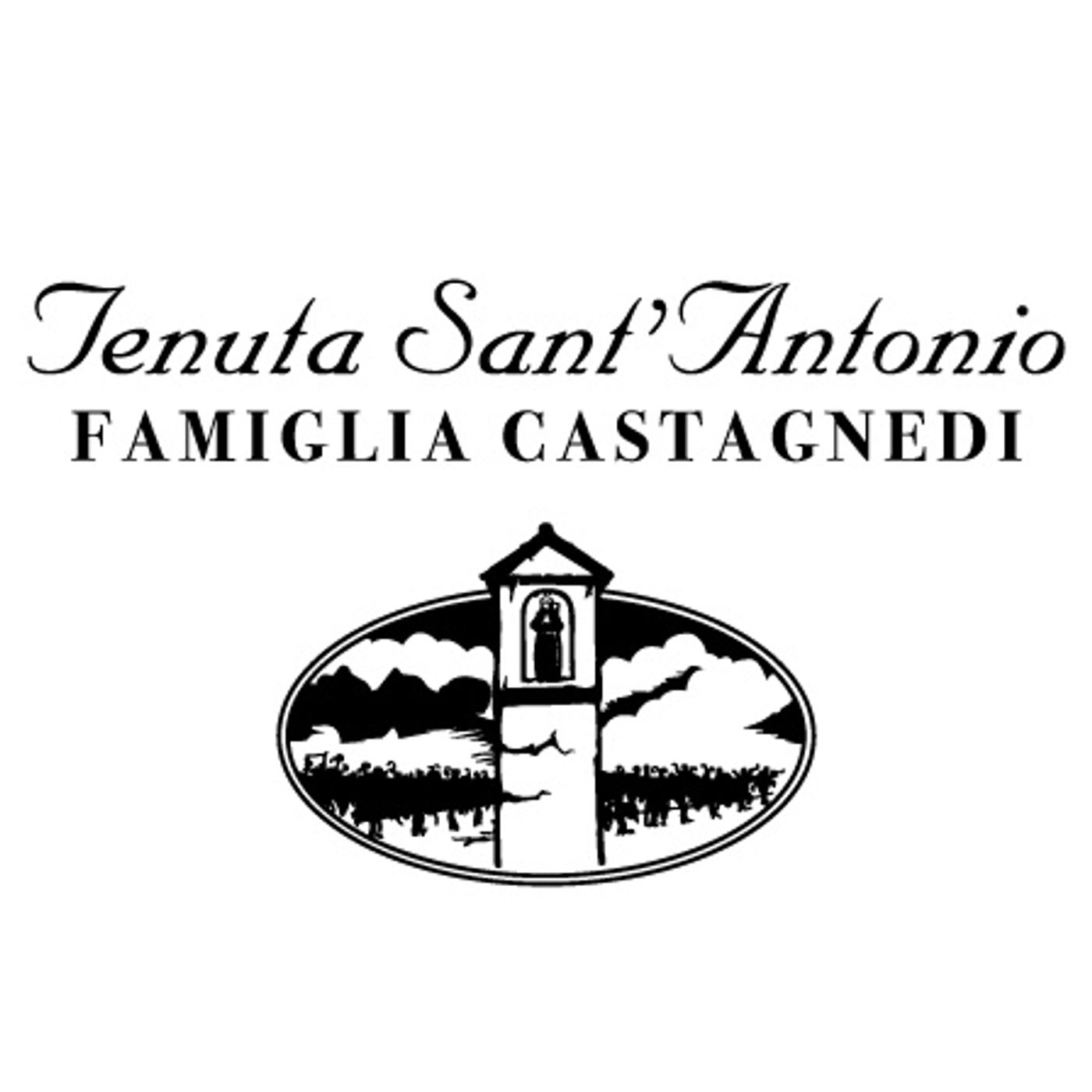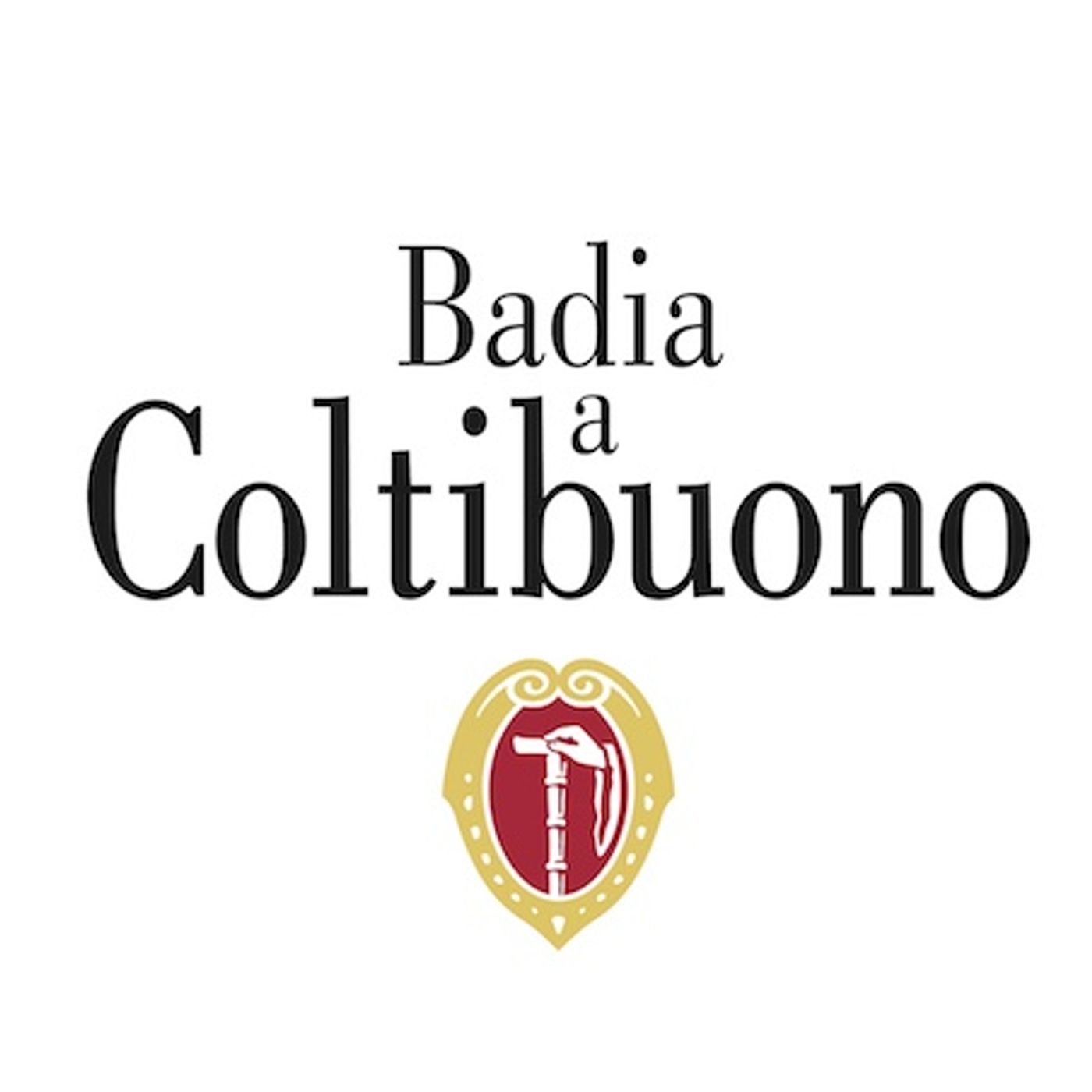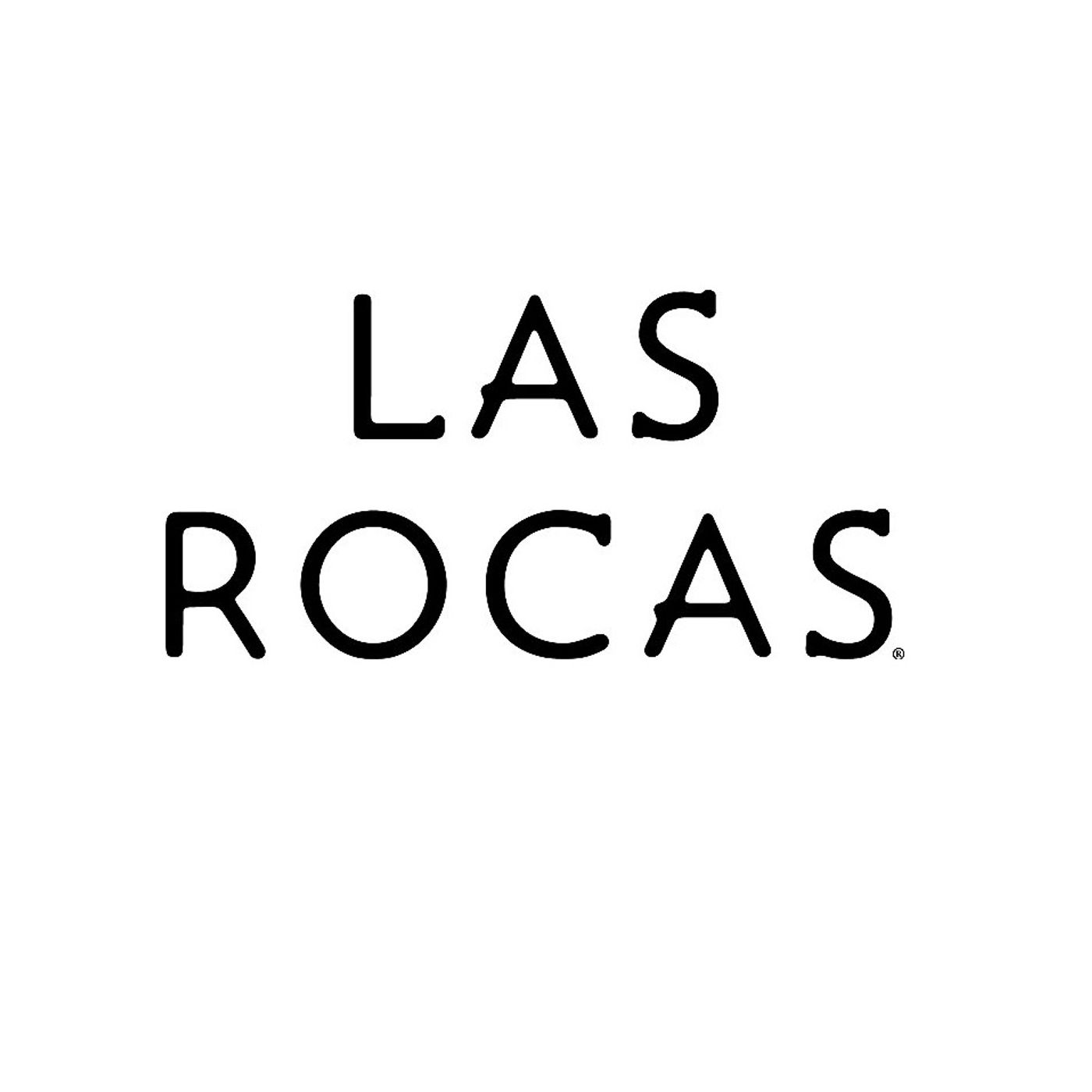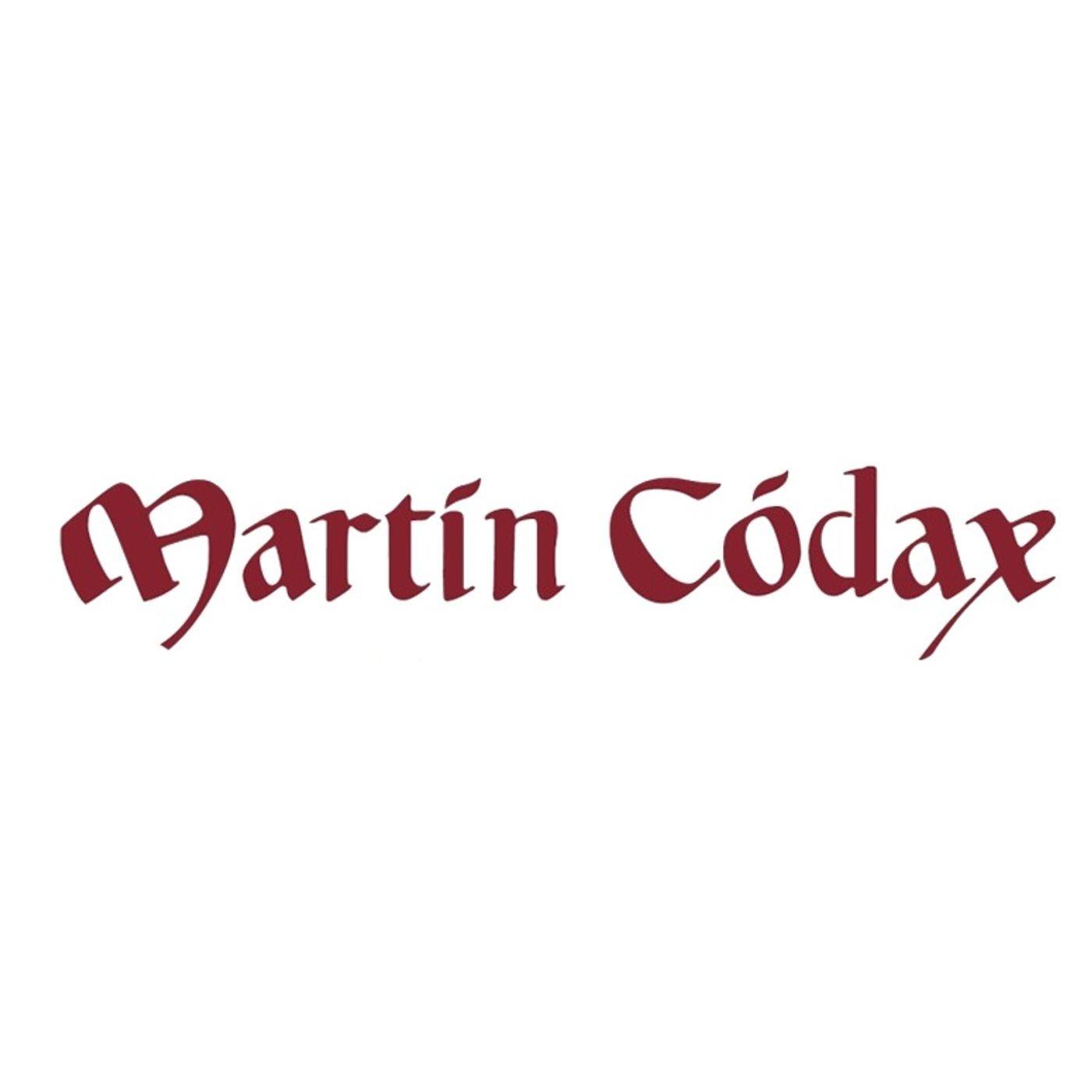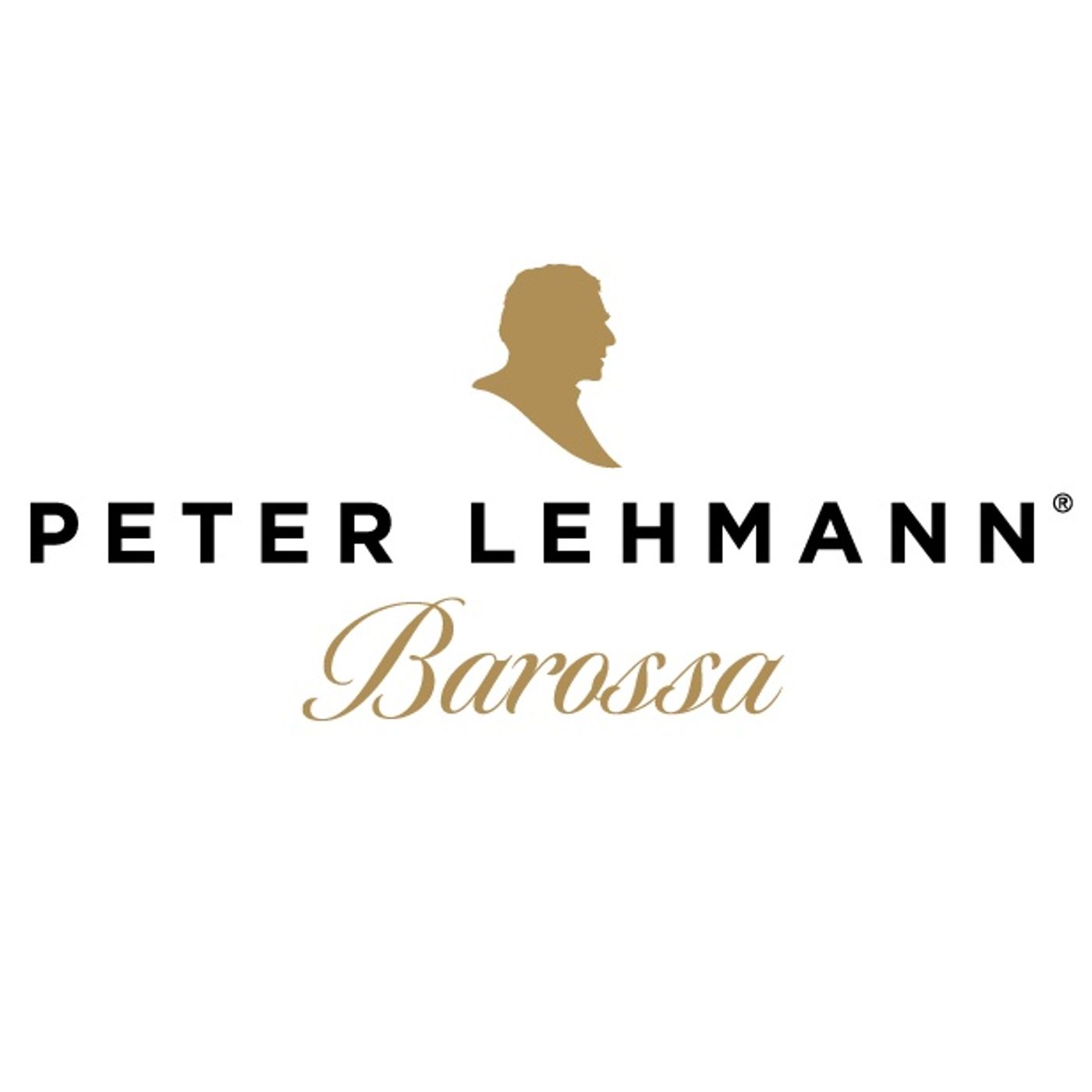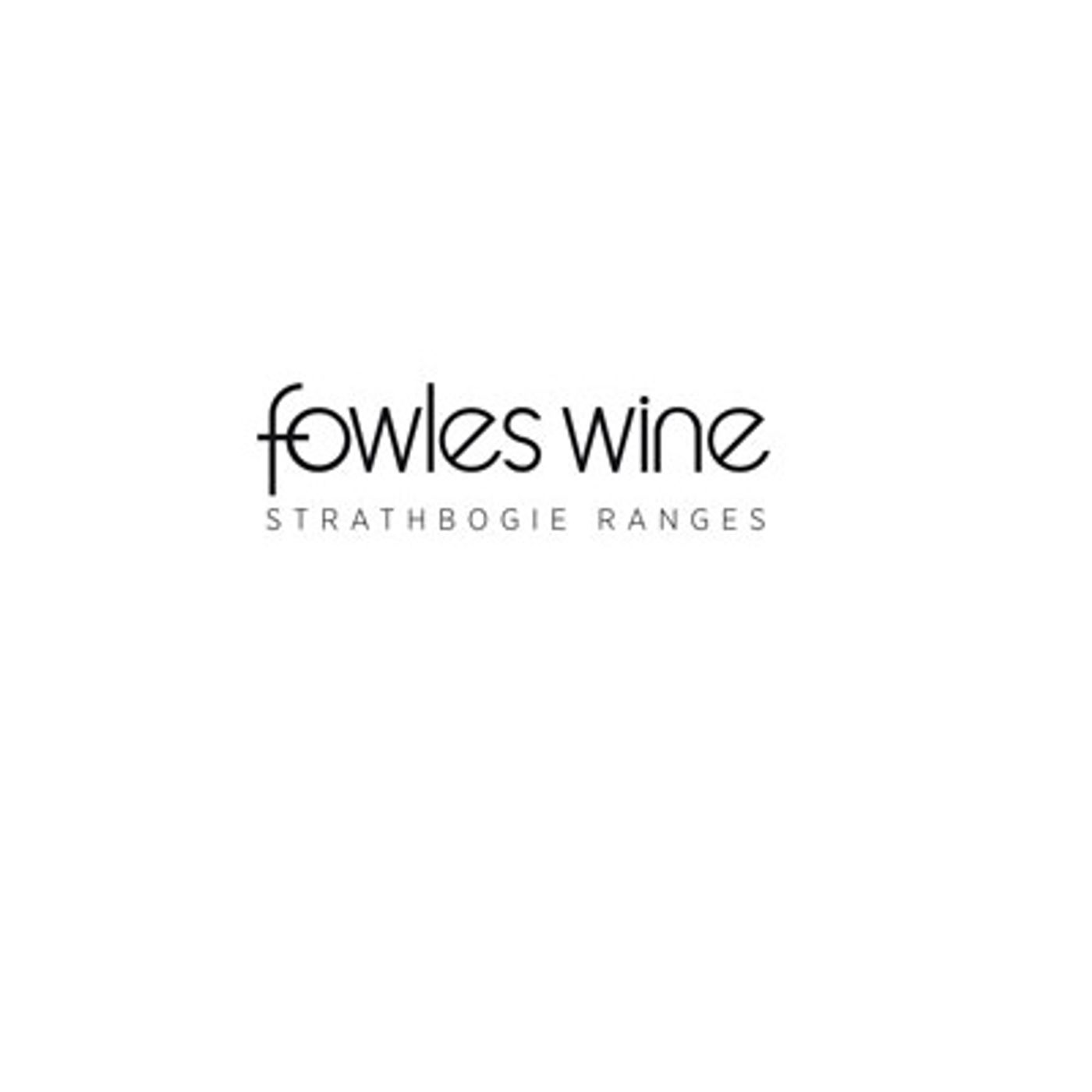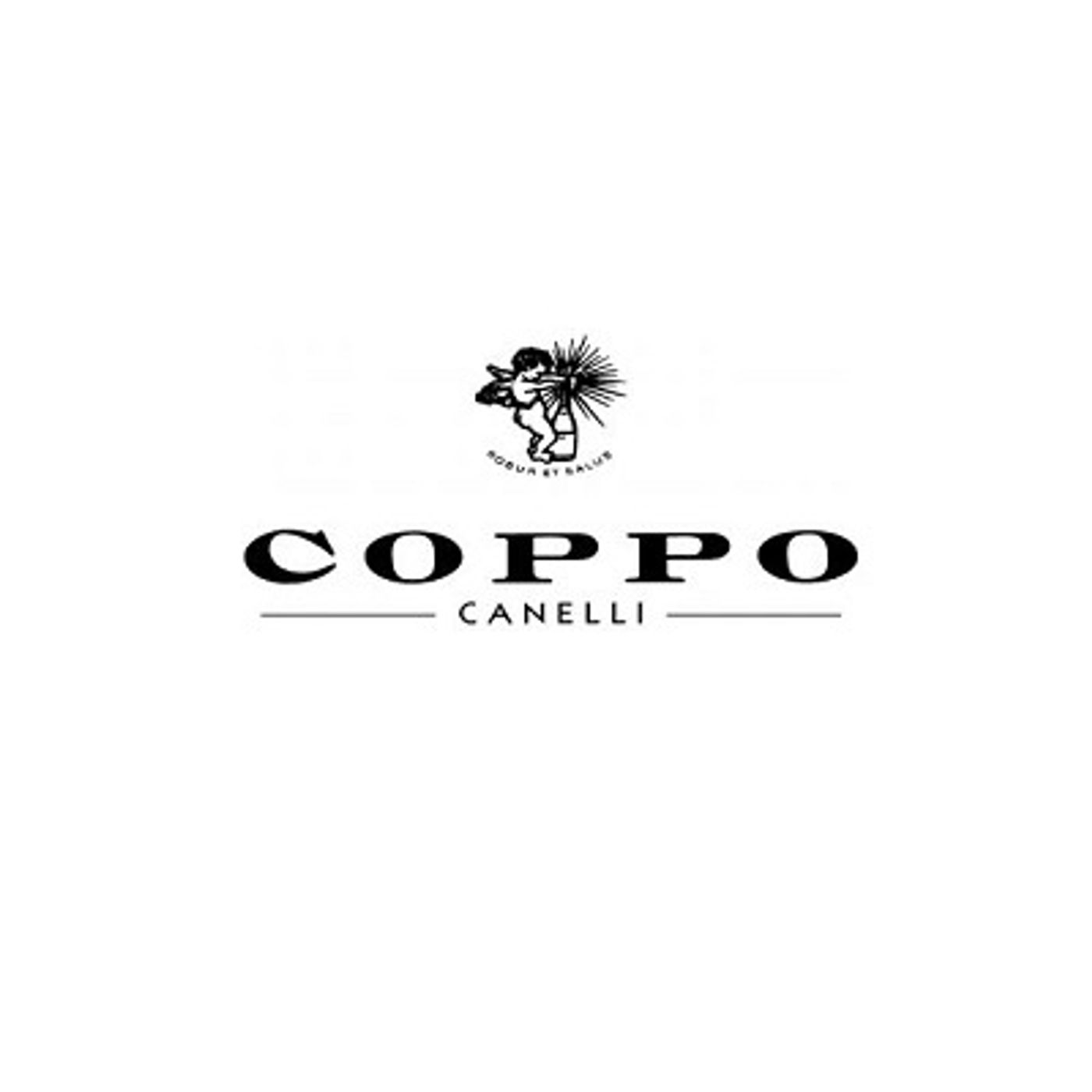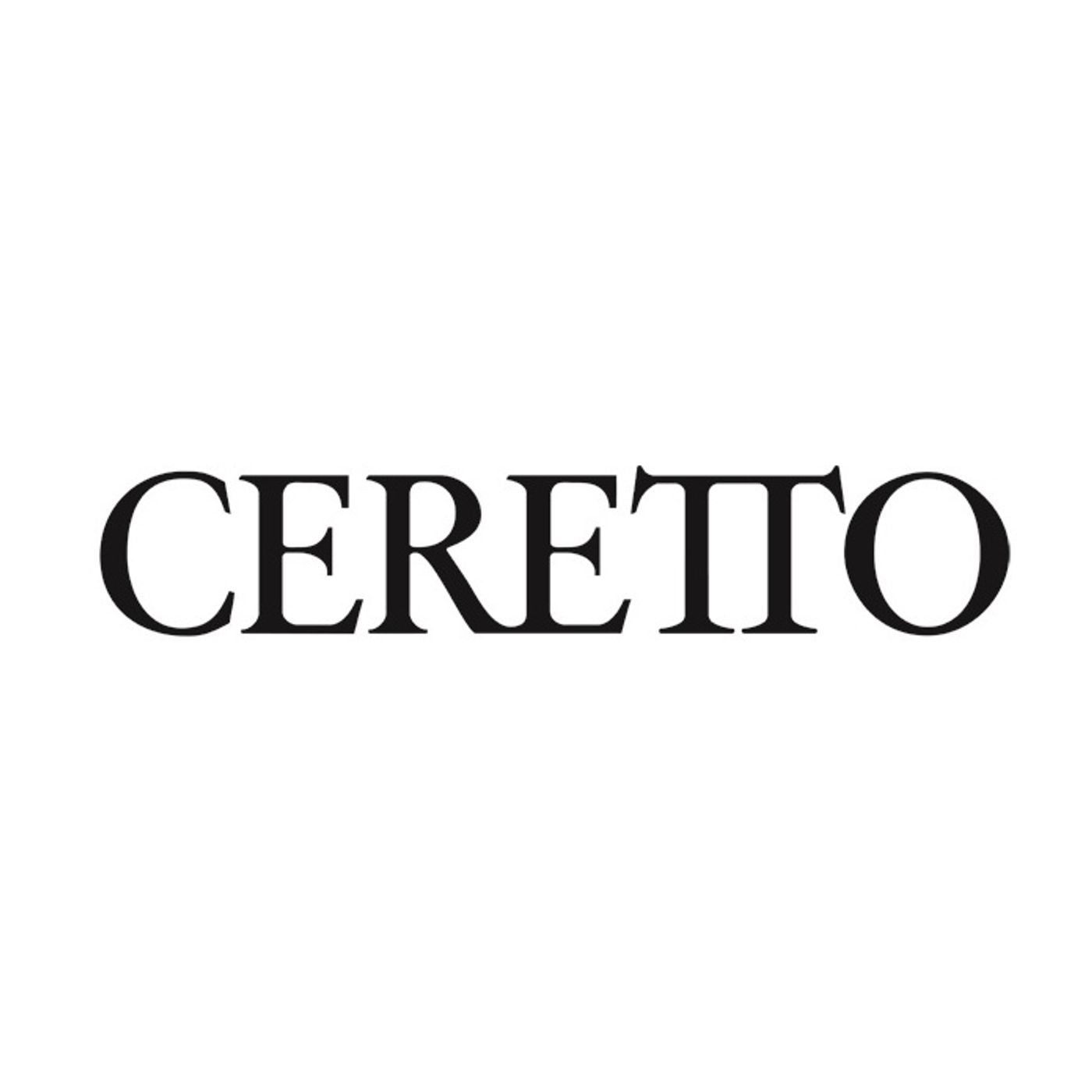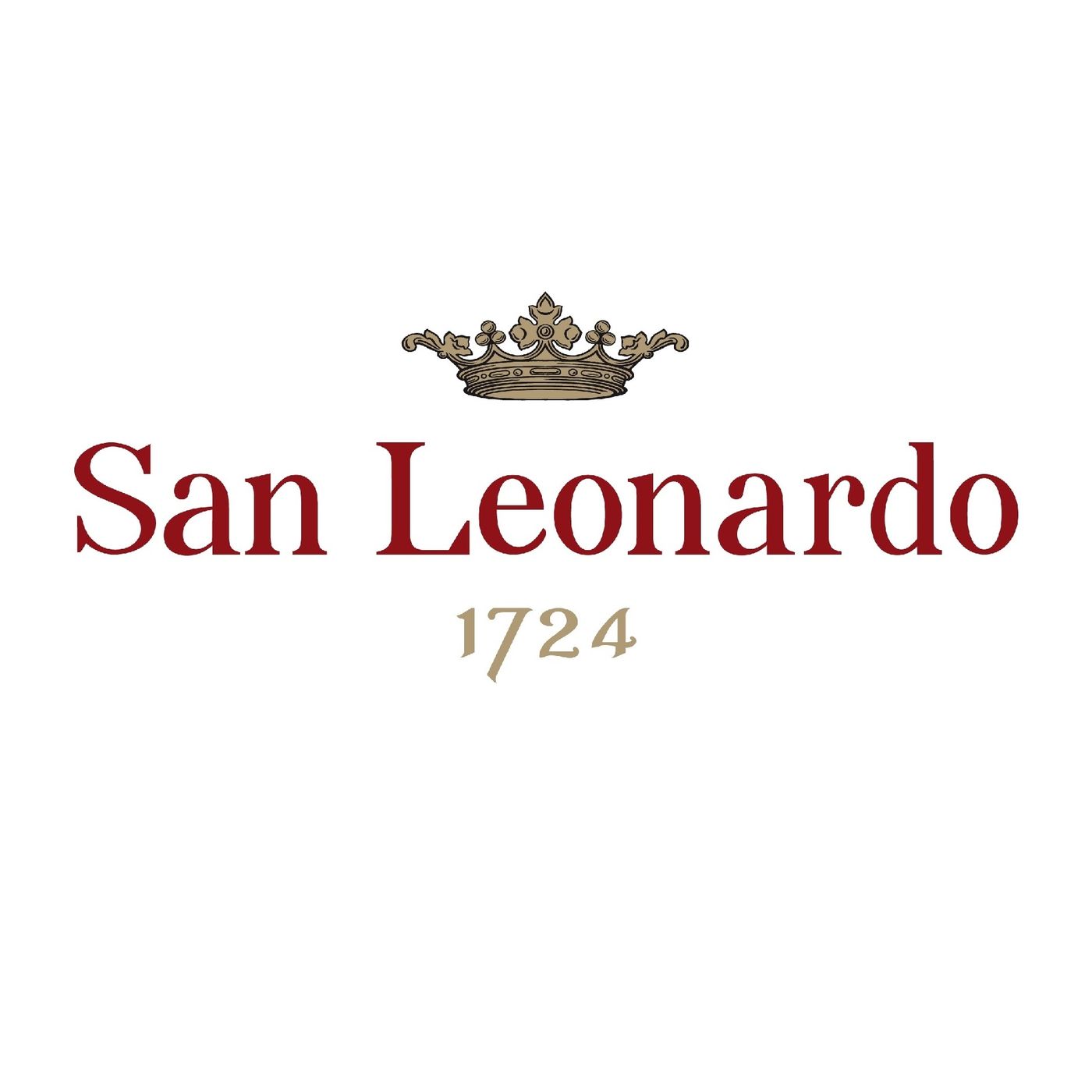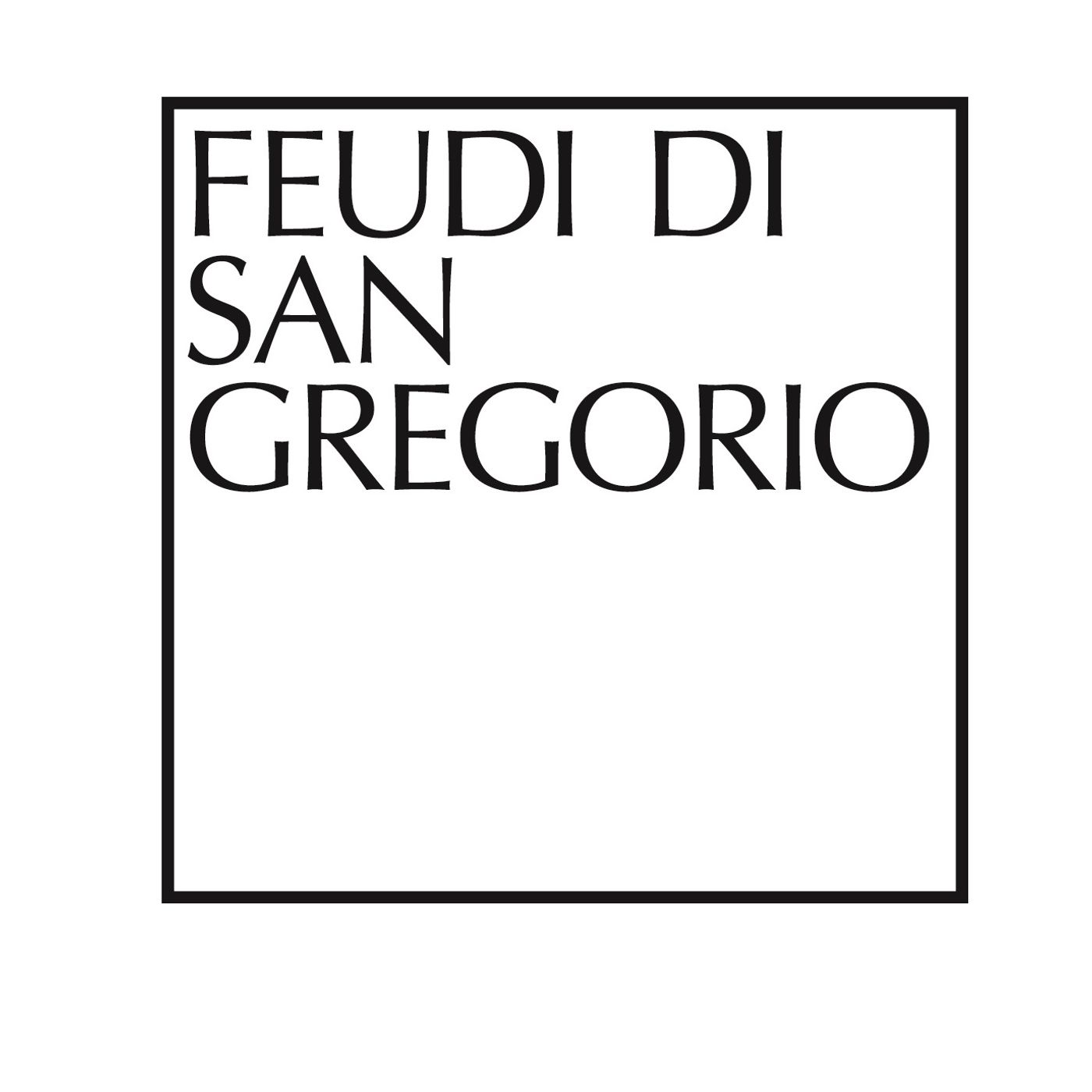Discover Wine Soundtrack - International
Wine Soundtrack - International

Wine Soundtrack - International
Author: Wine Soundtrack
Subscribed: 1Played: 10Subscribe
Share
© Copyright Wine Soundtrack
Description
Wine Soundtrack, one of Italy’s leading podcasts about wine becomes international. We are the voice of wine growers and winemakers. In each podcast, wine producers share the story of who they are and their winery through a series of 30 questions.
Wine Soundtrack was created to bring to life an idea of sharing and insight; it allows wine lovers to listen to the hopes, dreams, intuitions, prospects, loves and passions of the protagonists of the wine world, directly from their own voices.
Wine Soundtrack will make you smile and amuse you through the voices of those who have decided to express their own character, their own dreams and their own ambitions in each bottle of wine. Wine Soundtrack will lead us through the vineyards of ideas and of visionary thinking and will share the passion of these producers.
Follow Wine Soundtrack on Facebook, Twitter and Instagram or visit www.winesoundtrack.com
Wine Soundtrack was created to bring to life an idea of sharing and insight; it allows wine lovers to listen to the hopes, dreams, intuitions, prospects, loves and passions of the protagonists of the wine world, directly from their own voices.
Wine Soundtrack will make you smile and amuse you through the voices of those who have decided to express their own character, their own dreams and their own ambitions in each bottle of wine. Wine Soundtrack will lead us through the vineyards of ideas and of visionary thinking and will share the passion of these producers.
Follow Wine Soundtrack on Facebook, Twitter and Instagram or visit www.winesoundtrack.com
27 Episodes
Reverse
According to a document written in Latin and dated 1385, a Llopart family’s ancestor, Bernardus Leopardi, was granted some vineyards located in the present country estate Can Llopart de Subirats.Over the following centuries the Llopart family combined the cultivation of traditional agricultural Mediterranean products: grapevine, wheat and olive.At the end of the XVIII century the Lloparts decided to devote themselves exclusively to wine growing.The secular dedication to vine cultivation, elaboration and wine growing reaches its turning point, after intense testings, with the production of the first Sparklilng Wine Llopart bottles at the old country house cellar in 1887.In the early 1950s, Pere Llopart i Vilarós gave his cellars a new drive. He actively contributed in launching the “craft sparkling wine” and consolidated cava Llopart as a high quality product.
We are a family winery with a long tradition of winemaking with origins stretching back to 1790, when the first vineyards were established on our estates in the Penedès, situated a short journey of just 30 km from the Mediterranean coast and Barcelona.Our aim is to care for our vineyards in the best way we know to create organic wines and cava (Spanish sparkling wines) full of expression and the essence of our land. Land that for centuries has been dedicated to the cultivation of the vines.Our passion for nature has always been the primary driving force to grow our vines organically, certified since 2002, and biodynamic since 2012.Our estates benefit from a rich biodiversity thanks to the different cultivation and fertilization methods that we practice. We have our own flock of sheep to fertilize the soil and feed the land. We carefully tend to and employ our own bee hives to take care of the pollination process and help us to reinforce the Mediterranean.
The Priorat is a surprising space for its orography. Currency the Mediterranean of the height of the Montsant. In these slate floors, the monks of La Cartoixa de Scala Dei demarcated the land that today is the modern and mighty Denomination of Qualified Origin of the Priorat.A region where its economic and social life revolves around its agricultural vocation and, very particularly, around the wine. A land, to which it was recognized, in 1974, by F.A. a quality and unique conditions so that some of the best wines in the world can be elaborated in it.The name of our winery includes in itself a story and a legacy that will bring us back to a millennial tradition. Proud of it, we praise this land, paying special attention to vineyards of different types and varieties, wisely distributed in different parts of the region, in order to create wines with their own personality.In the Priorat, each door, stone or wall accommodates silence, rest and vitality that makes everything meaningful. A place where passion and knowledge make it possible to open up this miracle: the creation of a great wine.Here our wines are born and raised, allying with time, in order to transmit the essence of a young and modern winery that points to tradition and that harvesting in harvest, perfects its art.We invite you to know and share our precious universe. La Conreria d'Scala Dei is born from the will and enthusiasm of a group of people historically linked to the Priorat, with the desire to publicize the magnificent wines that are elaborated on this land in the world.Starting from the old property of the Casa senyorial dels Rialp, we have modernized its facilities to make our wines and share, the historical legacy of this land and its people in the magnificent Scala Dei area and El Priorat, with its visitors.With a careful selection of vineyards and grapes, of the 52 hectares leased and owned, and with our effort behind each of the 130.000 bottles that we produce annually, we make these wines come true with the peculiar footprint of the Priorat.
Our great-grandfather, Josep Masachs Llorach, owned vineyards in Vilafranca del Penedès as early as 1920. During this time he was one of the pioneers of the area producing still wines, which he made for his own consumption and for sharing only with family and closest friends. Over time he acquired more vineyards, some of them located in the historic Sant Pau Mountain, an area with rich landscape and very varied soils. His vision inspired our grandfather, Josep Masachs Juvé, to keep producing wine. He took his father’s hobby and made it his profession and turned his house, known to everyone as Cal Cabanyes, into his manufacturing center. This is where we began to produce sparkling wines by the artisanal and traditional method.In 1950 our first labeled cava (known as Champán or Xampany at that time) saw the light, under the name of Les Cabanyes and accompanied by the emblem of the family. The shield of Masachs represents the earth, in addition to other characteristics that enriched our ancestors such as vigor, joy and friendship. The perfect distinctive symbol to represent our wines. In the 60s, the wine was no longer allowed to be produced at home, mechanization was introduced and the first tractors began to be seen in the area. In 1977 the next generation took over the family business, Josep and Joan Masachs Painous put all their effort to ensure that the products were fully recognised. Meanwhile, Vilafranca grew and many vineyard areas became urban soil. At that time, the decision was made to set a commercial office in Ponent Street.In 1980 a new line of cavas was released, Louis de Vernier. Slowly it was known by its quality first nationally and later on internationally. In 1984, right before harvest, Josep’s first daughter Carolina was born, and a special coupage was made in her name. For the first time, grapes of the Chardonnay variety grown in our vineyards, were used in one of our products. In 1985, these entrepreneurs projected a growth plan and to this end bought La Montsarra estate, 40 hectares located in Torrelles de Foix. There, they built the underground ‘cava’ respecting the catalonian manors’ style and planted the classic cava varieties: Macabeo, Xarel·lo and Parellada.After a long aging on its lees, the Carolina cava was released. Besides, still wines made by local and foreign varieties were first marketed. The harvest was extended from the end of August to the middle of October, taking into account the degree of ripeness of each variety that was fermented separately later in the winery. All of this was done by working in our own vineyards and through long-term leases. Nowadays, the fourth generation of the family has arrived with an open and innovative mindset. Under the watchful eye of Joan Masachs and led by Alex Ruíz Masachs – hardworking, curious and creative with extensive experience in enology and global sales – family values have been reinterpreted to transmit them through more environmentally friendly products.With commercial presence in continuous growth, we continue to be essentially a family-run winery where the functions are mixed and each individual participates in different tasks according to their profile. Over the years we have also learnt how to surround ourselves with a solid team of professionals that enrich and complement us, both technically and commercially. The constancy is the value that has allowed us to make a difference throughout these 100 years of intense journey. Our passion has enabled us to be more detail-oriented every day. We seek the quality of our products, made with native varieties that allow us to express the uniqueness of each area. Currently, this search has led us to search for projects beyond Penedes, and elaborate wines and cavas with a unique character, full of nuances and easily enjoyable.
In the hinterland of the Lazio region, south of Rome, there is a hilly area called Ciociaria. It is an ideal habitat for vines and olive trees, which have been planted since the time of the Roman Empire.In this territory historical events and a special microclimate have inhibited the contamination of a native ampelographic heritage leaving us a variety of antique vines. The estate Casale della Ioria, is located in the heart of the production area of the red wine Cesanese del Piglio d.o.c.g. (a controlled and guaranteed original denomination).The vineyards and olive trees are at about 400 meters above sea level surrounded by woods.The farm is dedicated to the organic cultivation of the typical red grape varieties Cesanese, Olivella and of the white Passerina. Casale della Ioria also produces extra virgin olive oil exclusively from its own olive trees. The plants of grapes that are used come from the original vines of this antique farm.Year after year we have followed the replanting of the vineyards. We believe that in order to make a great natural wine, one must work with great care and attention to the vineyard, using low environmental impact techniques. These challenging actions under a strict economic and organizational profile have allowed us to harvest, by hand, grapes of the highest quality that we then transform in our winery.Here is where we place the utmost care in safeguarding of the cluster, employing simple but strictly enforced techniques and at the same time avoiding invasive procedures which risk the loss of the originality in our grapes. In turn, this allows us to offer unique wines which continue to surprise and excite the fans of natural wine.
The first 5 acres of the current 35 acres Estate of the Santarelli family at Castel de Paolis were acquired in 1974 by Giulio Santarelli, just to follow his passion for the countryside and grape growing. Until 1985 the grapes of Castel de Paolis were sold to the local cooperative wineries in order to produce the typical local wines like the Frascati Superiore DOC.In 1977 Mr Santarelli started acquiring other small pieces of land neighboring the existing vineyards and little by little the Estate arrived at the current size of 25 acres.
In 1985 from the friendship between Giulio Santarelli, at the time Italian Agriculture Undersecretary of State and Professor Attilio Scienza, Professor at the Faculty of Agriculture at the University of Milan, started the project of research, development and recovery of both ancient local native grape varieties and international grape varieties.The goal was the redevelopment of the Roman Castles enology (a chain of towns just a few miles south of the city of Rome in which Castel de Paolis is located) turning from the canopy vineyards to the row vineyards with a higher density of plants for each acre. By having a higher density of plants, we can achieve a lower grape production, resulting in a higher quality wine, furthermore with a better solar irradiation of the bunches and above all thanks to the extraordinary natural volcanic soil composition of the area that is rich of mineral salt, fundamental for the strength and richness of the wines.Many grape varieties were experimented and planted from 1985 till 1993 like the following varieties: Malvasia Lazio, Bonvino, Grechetto, Cacchione, Bellone, Pecorino, Romanesca, Passerina, Cesanese, Montepulciano, Sangiovese, Moscato Giallo, Moscato Rosa.Among the international varieties the following were planted: Shiraz, Merlot, Cabernet Sauvignon. Alicante Bouchet, Petit Verdot, Viognier, Rousanne, Sauvignon Blanc, Chardonnay, Semillon. Castel de Paolis was the first estate of the area to introduce the green harvest for the red grapes, cutting away two months before the harvest, roughly 25% of the bunches so that the remaining bunches can reach a much higher level of ripening and fragrant aromas. No more than 1.5 kilos of grapes are produced for each single plant.With in hand the results of the eight years period of experimentation of all the above mentioned grapes varieties, all the 25 acres of the Estate were replanted between 1988 and 1993 with the new and high quality grape varieties. In 1992 the new winery was built , with all the modern technologies for the vinification process, like the soft press to squeeze the grapes gently once they are brought at the winery in order to obtain an higher quality grape juice, to the refrigerated steel tanks for the controlled temperature fermentation.
In 1947, several farmers founded the Cincinnato Cooperative in Cori with the purpose of processing and selling their own production and supporting the progress of local agriculture. They chose its name in honour of lucius Quinctius Cincinnatus, who led the battle against the Aequi in 458 bc. Following his victory, this great roman turned down the honours and public offices offered to him, preferring to return to his land, which is said to have been in this area. In 1979, an innovative winery using cutting-edge technologies was built. Over the years the cooperative has shown itself capable of dealing with the changing conditions affecting local viticulture, maintaining a leading role in the transformation of the grapes of the entire district.Cincinnato put in place a quality project to recover and support the heirloom grape varieties Nero Buono and Bellone.Cincinnato is now a modern winery of 130 growers and 550 hectares, whose estates are a feature of Cori’s hilly landscape. The business is known for its production of wines from rare native grape varieties such as Nero Buono, Bellone, Cesanese and Greco. It is also renowned for its attention to the environment and its production of affordable wines.
Tenuta Sant’Antonio is located in eastern stretches of Valpolicella, where several new, exciting, and innovative wineries have been established in recent decades. Here, soils have a higher component of calcium carbonate, which imparts a higher acidity and bolder cherry fruit character to the wines. Antonio Castagnedi was a winegrower and one of the founding members of the cooperative winery in the Illasi Valley of eastern Valpolicella in the late 20th century. He left 50 acres of vineyards to his four sons Armando, Tiziano, Paolo, and Massimo. The brothers worked as consultants for other wine estates in Italy and continued to grow grapes on their inherited land in Colognola ai Colli, but had bigger dreams. In 1989, they took the next step, buying another 75 acres of top-quality vineyard land on the high terrain of Monti Garbi (also in eastern Valpolicella) and making the leap into wine production as a family, against their father’s wishes. The first vintage of Tenuta Sant’Antonio came in 1995. Tenuta Sant’Antonio Valpolicellas are made from 100% estate-grown, organically farmed fruit from the Illasi Valley and Monti Garbi.With their considerable combined winegrowing experience, the Castagnedi brothers devote meticulous attention to their high-density, low-yield vineyards to provide grapes of such exceptional quality that they require minimal intervention during winemaking. At harvest time, the grapes for Amarone are harvested on a first pass through the vineyards, and those for the regular Valpolicella are harvested on the second pass. In this way, the basic Valpolicella gets a portion of the best grapes and is an exceptional value for the price. Also, because the Amarone is harvested earlier, the grapes’ sugar level is lower, so the alcohol level of the Amarone is not excessive. This strategy also dictates that Tenuta Sant’Antonio makes Amarone only in years when the overall harvest quality is high enough to support making the full Valpolicella lineup.
Wine has been made at what is now known as Badia a Coltibuono for nearly a thousand years. Archaeological studies of the estate have found amphorae, grape seeds, and other traces of ancient Roman and earlier Etruscan societies from the first century. Named after the abbey established in 1051 by Vallombrosan monks, Badia a Coltibuono translates to the “Abbey of Good Cultivation” or “Abbey of Good Harvest.” It was here in the 12th century that the word “Chianti” was first used.Badia a Coltibuono was an early adopter of sustainable practices in modern-day Chianti Classico and has been at the front of a movement to get the whole region to farm organically. All of the estate grapes are now organically grown. Sangiovese is the principal variety cultivated here, interspersed with a number of heritage varieties endemic to the area. The winery produces a number of Sangiovese variations, all of which aim to showcase the splendor of the site, the possibilities of its fruit, and both the time-honored traditions and new innovations that keep Chianti Classico perennially relevant on a local and international scale.
Cooperative founded in 1962 that belongs to the Calatayud DO where the Garnacha grows in its perfect habitat: high altitude, temperatures' contrast, old vines, limited production and a late harvest. Our unique motherland joint to innovative means in the cellar and a passionate and well-trained staff result in unique and reknown Garnacha wines which are bestselling products in some markets like Norway or the USA. The care for our environment has always been our must so the conversion of our vineyards into organic is the immediate horizon where we are already immersed.
Bodegas Martín Códax was born in 1986 and takes the name of the most famous Galician troubadour whose songs are still preserved, the oldest Galician-Portuguese songs with original music, in which love and the sea that bathes our coasts are sung .Since then, Bodegas Martín Códax has grown and evolved, always supporting its people, its land and its culture. A culture that is promoted by more than 40 countries around the world. A project that began with the enthusiasm and effort of a group of winegrowers and that today is already a reality that has made Bodegas Martín Códax an emblem of Galician wines outside and within our borders.
The late 1970s were difficult times for the Barossa wine grape growing community as the region was hit with a severe grape surplus. Companies refused to buy grapes and honour contracts, and Peter Lehmann knew this would destroy the livelihoods of the 140 family growers.In a courageous bid to support his community of growers, Peter took out a loan, assembled equipment and built a small winery to process their grapes. The winery was called Masterson of the Barossa, in a nod to the famous gambler, Skye Masterson from the musical, Guys and Dolls.The wine from the first vintage in 1980 was called ‘The Futures’ in a nod to the commitment Peter made to paying the growers once he had sold the wine. This arrangement was sealed with a handshake and Peter’s word was his bond. True to his promise, when the money started coming in Peter made sure to pay his growers first.Led by Peter, the Barossa community pulled together during the tough times, not just to make great wine but to preserve the future of the land and the Barossa region. Today these longstanding relationships with the same community of family growers gives the Peter Lehmann winemakers unrivalled access to the very best grapes across the length and breadth of the Barossa.
Fowles vineyards and winery are located in the high altitude, cool climate region of the Strathbogie Ranges in Victoria, Australia. Led by Matt Fowles, a former lawyer who swapped the vitriol for the vineyard, Fowles Wine craft some of Australia’s finest cool climate wines, winning many of the world’s most prestigious wine medals and trophies. The Strathbogie Ranges is approximately 80 miles north east of Melbourne, and is a region of incredible natural beauty. Set in the foothills of Australia’s Great Dividing Range, the region is characterised by giant granite boulders that are 440 million years old. The family’s two vineyards - Upton Run and Billi’s - rest upon the free draining, granite soil from these decomposing boulders. The nutrient poor soil is ideal for viticulture; forcing the vines to put their energy into growing high-quality grapes. The vineyards are also perched on a rolling plateau at the top of the Ranges – giving each block unique aspects and micro climates which ensures each bottle of Fowles’ Wine is complex and distinctive. The high altitude of the area, with elevations up to 600 metres, granitic soils and cool climate all combine to produce elegant yet intense wines. The Fowles’ rich family history of vignerons, hunters and farmers is embedded in the winemaking philosophy. These pillars guide the winemaking team in producing three distinct styles of wine including: wines that reflect Strathbogie provenance and capture the granite terroir of the region, texturally fine wines that pair with the flavours of wild produce, and intensely aromatic wines that are crafted to complement the soft textures of farm raised meats.
Our history dates back to 1925s and grandfather Michele’s dream of making wine from his vineyard in the heart of the Bagnario Valley, Strevi, an area especially suitable to viticulture.His son Giuseppe then began the Company’s evolution, gradually acquiring the best land of the Monferrato and choosing the most typical grape varieties to plant. In 1956, he built his winery in the center of the village of Strevi, to be near the train station so that he could send his wines directly to his customers.A man with deep roots, he was able to convey his passion to the entire family.Today his daughters , Michela, with her husband Giovanni Costa, Patrizia, and Doretta carry on “the family dream ” with his same enthusiasm and dedication. They personally supervise and control every step of the production process, all the way from grape to glass.Andrea Costa, Michela and Giovanni’s first son, joined the company in 2014. Bringing his background of engineer in international companies, and some academic studies in winemaking, he is introducing new innovation projects both in the vineyards and cellar.Our technical experts, Patrizia Marenco (winemaker) and Filippo Furlani (agronomist), personally follow every stage of the production process, so that nature can take its course in the best possible way.Excellence is the company’s priority , choices are driven by the desire to exrpess with our wines the excellent flavors of our corner of Piedmont.Our connection to the land and to local traditions and our deep respect for nature and the environment is continuous and daily.Even the Company logo, two mallards in flight, was inspired by our land, the lake at the Bassina Estate in Fontanile
Highlands Road has been producing wine since 2007, after Michael White turned an ageing apple farm into a dynamic wine enterprise. The desirable Elgin terroir is very suited to producing good quality Sauvignon Blanc, Semillon, Chardonnay, Pinot Noir and Shiraz, just to name a few. This is exactly where the focus is at Highlands Road where the wine production is steered to highlight the splendid characteristics of these varieties, while also allowing each vintage to showcase a little individuality that hints at it’s birthdate. The Highlands Road range has been generously awarded by the South African Wine Industry competitions and by the International Wine and Spirits Competition. All farm activities and wine production is performed by Vanessa Mead and her small team, Jacob September and Freddy Gertse. Apart from producing the premium quality wines, respecting and caring for the environment, the people who work on the farm and the community are priorities on Highlands Road Estate. Visitors are welcome 7 days a week, where they can taste the latest releases, stock up on fine wines and enjoy a delectable cheese and charcuterie platter in a most scenic environment.
Since 1956, Michele Chiarlo has been vinifying the essence of Piedmont, loving and developing the most incredible wine region in the world. We grow 110 hectares of vineyards between Langhe, Monferrato and Gavi, the finest crus while fully respecting the ecological criteria, the terroir and their expression
The historical underground wine cellars of Coppo are a UNESCO World Heritage site: a prestigious recognition that fills Coppo with pride. They are part of the network of Underground Cathedrals, a temple of wine dedicated to its history and the hard work of man.Built beginning in the late 18th century, initially intended as small cellars to conserve wine, they were expanded from 1800-1900 to what they are today. The historical wine cellars of Coppo extend under the hill of Canelli for a total of 5 thousand square meters (16400 ft) and a depth that reaches 40 meters (130 ft).The history of Coppo winery is inextricably wound with the wine history of Piedmont. It is closely linked to the development of the city of Canelli, known as the capital of Italian sparkling wine and one of Italy’s most important viticultural centers today.Coppo’s history is one of tradition and courageous vision for the future, of sacrifice and innovation. It is a story of the unconditional love that Coppo has for their vines’ origins, for varieties that have always been cultivated in Piedmont, and for old family traditions.The origins of the winery date back to 1892. For over 120 years, the family has remained the sole owner. Since the very beginning, the Coppo family has managed estate vineyards and bottled their own wine under the name of Coppo, making it one of the oldest family-run wineries in all of Italy.
The excellence of Langhe wines is a complex result, an outcome of the richness of a territory and the skill of wise entrepreneurs who shape it to create a unique products. The secret of success for the Ceretto family lies in many different elements. First and foremost the land and its uniqueness but, it is inot enough; it takes the passion and knowledge of people working the land. It was Riccardo Ceretto, in the 30s, who had the foresight to start producing wines in the area, but it was his sons Bruno and Marcello Ceretto that raised the stakes, starting to buy the most prestigious vineyards in the areas of Barolo and Barbaresco, taking on the challenge to enhance the characteristic quality of the Langhe and the standard of its wines.Currently the winery is run by the 3rd generation, the cousins Lisa, Roberta, Alessandro and Federico who choose a different agricultural approach for the 160 hectars of wineyards. Now, Ceretto’s new way involves non-invasive practices and no use of herbicides or chemicals.
More than 1000 years ago, it was a monastery, but for over three centuries now San Leonardo has served as the residence of the Marchesi Guerrieri Gonzaga family, its proud custodians. Today, the San Leonardo estate is a garden of vineyards and roses, protected by the massive barrier of the Alps, which blunt the force of the cold northern windswhile the valley floor benefits from, and in turn releases, warmth from nearby Lake Garda. The tenuta remains an antique world, in which winemaking practices, still uncompromisingly artisanal, yield wines that are true gems of Italy’s wine tradition, marked by freshness, harmony, and an innate elegance.
One of the cornerstones of Feudi di San Gregorio’s vision is the belief that a bottle of wine and a work of art share the same creative process.The love and passion infused in the cultivation of the vines, the effort in the picking of the grapes and the patient waiting for the wine to age, endow every one of our bottles with a personality of its own, transforming it into an authentic artwork.These are the same sentiments and emotions guiding artists in their creative process in making a sculpture, a photograph, a painting or an installation.In the light of this approach, Feudi di San Gregorio establishes collaborations with affirmed artists and young talents, towards cultivating a fruitful and ongoing exchange of knowledge and creativity between the world of art and that of wine.


